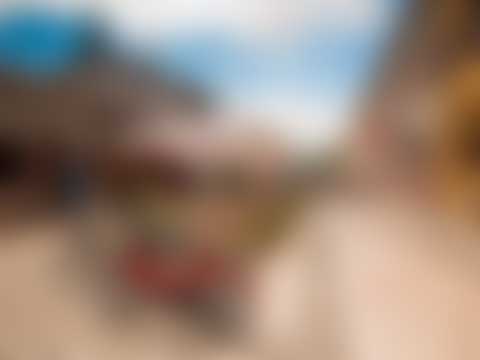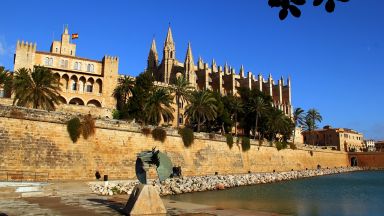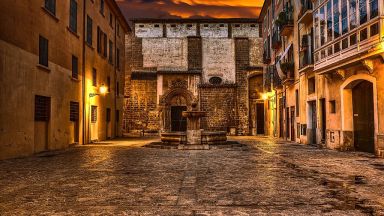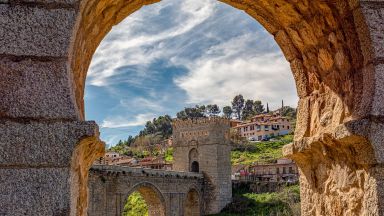Salamanca: The Complete Guide
Salamanca is the capital and largest city of the province Salamanca. The city lies on the banks of the Tormes River on Spain’s Northern Plateau. The city is considered to be one of the most beautiful Renaissance cities in the whole of Europe, with its historic center full of architectural treats and incredible monuments that date back centuries.
As with most Spanish cities life revolves around the busy and bustling Plaza Mayor, lined with cafes, bars and restaurants – which looks magical at night when it is lit up.
Other stunning places to see such as the New and Old Cathedrals, both of which are built out of sandstone – these warm hues that lend Salamanca its nickname – La Dorada, or ‘Golden City’.
Salamanca is Castilla’s liveliest city, home to a massive Spanish and international student population which gives it a vivacious and youthful feel – its University was founded in 1218 and is one of the oldest higher education institutions in Europe.
Visiting Salamanca for the first time and wondering what are the top places to see in the city? In this complete guide, I share the best things to do in Salamanca on the first visit. Top help you plan your trip, I have also included an interactive map and practical tips for visiting!
This website uses affiliate links which earn a small commission at no additional cost to you.
10 Best places to See in Salamanca
This complete guide to Salamanca not only tells you about the very best sights and tourist attractions for first-time visitors to the city but also provide insights into a few of our personal favorite things to do.
This is a practical guide to visiting the best places to see in Salamanca and is filled with tips and info that should answer all your questions!
Palacio de Monterrey

Location: Monterrey's palace Pl. de Monterrey, 2 37002 Salamanca Spain | Hours: Morning Tours: At 10:30 am. At 11:30 am. At 12:30 p.m. At 1:30 p.m. Afternoon Tours: At 5:00 p.m. At 6:00 p.m. At 7:00 p.m. (summer). | Price: €9.50 | Website | Distance: 0.70km
Visiting Palacio de Monterrey
Salamanca Plaza Mayor

Visiting Salamanca Plaza Mayor
Casa de las Conchas

Location: Casa de las Conchas, Calle Compañía, 2 37002 Salamanca (Castilla y Leon) | Distance: 0.90km
Visiting Casa de las Conchas
Palacio de la Salina

Location: Palacio de la Salina C. San Pablo, 18 37001 Salamanca Spain | Distance: 0.90km
Visiting Palacio de la Salina
Salina Palace

Visiting Salina Palace
Salamanca University

Location: Patio de Escuelas Menores, 37008 Salamanca | Website | Distance: 1.00km
Visiting Salamanca University
Torre del Clavero

Location: Torre del Clavero C. Consuelo, 34 37001 Salamanca Spain | Distance: 1.00km
Visiting Torre del Clavero
Palacio de Anaya

Location: Anaya Palace C. Salamanca Zamora, 3 37008 Salamanca Spain | Distance: 1.00km
Visiting Palacio de Anaya
Catedral Viejo y Nueva

Location: Salamanca Cathedral C. Benedicto XVI 37008 Salamanca Spain | Hours: 10am-8pm Apr-Sep, to 6pm Oct-Mar | Price: adult/child incl audio guide & Catedral Vieja €6/4 | Website | Distance: 1.10km
Visiting Catedral Viejo y Nueva
Salamanca Puente Romano

Location: Roman bridge of Salamanca Puente de Sánchez Fabrés 37008 Salamanca Spain | Hours: 24 Hour | Distance: 1.40km
Visiting Salamanca Puente Romano


